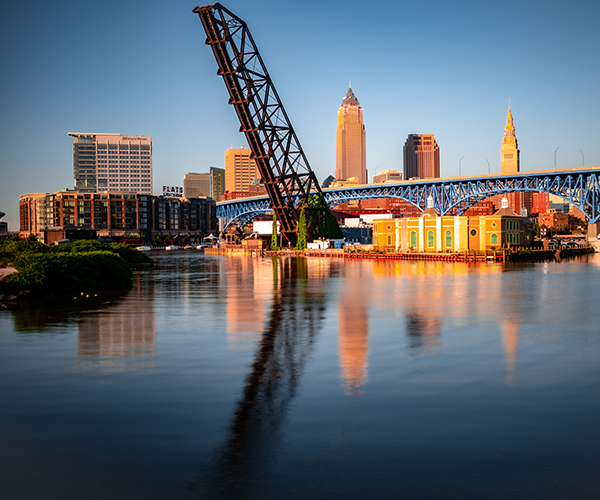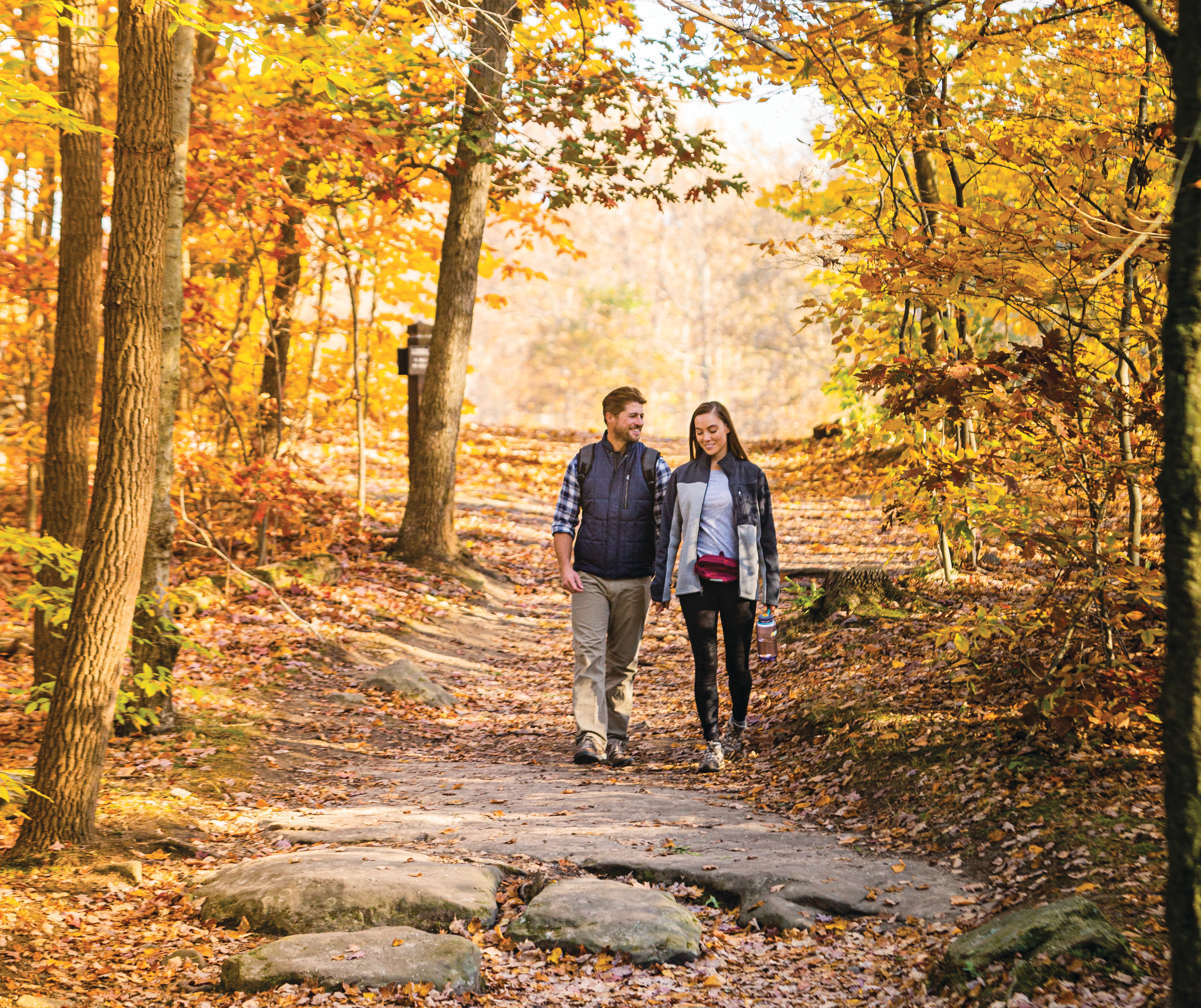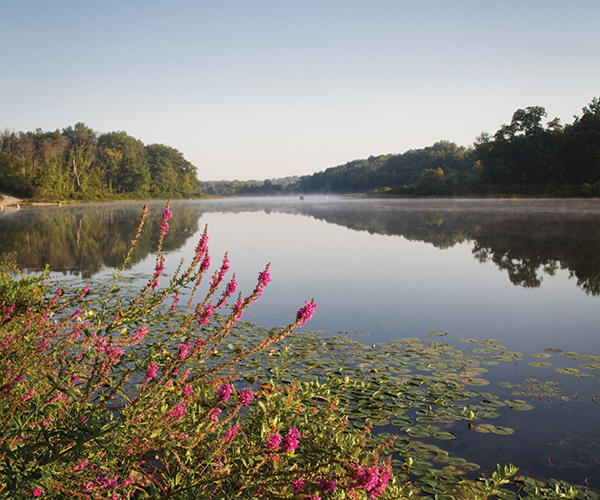Autumn Adventures: National Enquirers
by Sarah K. McDonald | Aug. 20, 2012 | 4:00 AM
I grew up less than two hours from Washington, D.C., visiting at least once a year.
In my opinion, there's no other spot in the country that's more alive with culture, history and education. In these 68 square miles, President Abraham Lincoln signed the Emancipation Proclamation and Martin Luther King Jr. gave his "I Have a Dream" speech.
But it wasn't until my family of three moved to Texas in 2010 that I realized a large percentage of Americans probably never see our nation's capital. I yearned to return. So we did.
Walking from The Fairfax at Embassy Row in Dupont Circle in northwest D.C., my husband, Tim, our 4-year-old son, Nigel, and I play Guess the Country as we spot flags on various embassy buildings. Tim correctly identifies the flags of Portugal and Nepal, but we're both stumped by Columbia and Indonesia.
Two blocks later, we hop on the Metro train system and head for the National Mall, a green space several blocks long flanked by Smithsonian Institution Museums and book-ended by the Lincoln Memorial and U.S. Capitol. This is where Americans protest, where presidents are inaugurated.
The network of Smithsonians (19 museums and galleries strong, plus the National Zoological Park) is free to visit, and some are more popular and crowded than others. We hit two tried-and-true museums first, Tim and I both having fond memories of them as kids. We move at a snail's pace through the Air and Space Museum, Nigel enjoying the How Things Fly exhibit, where he sits in the cockpit of a small plane.
At the National Museum of Natural History, we walk through an exhibit about early mammals. Nigel notices that many of the smaller creatures look like animals that are alive today, so we have an impromptu chat about evolution — 4-year-old-style.
Despite living so close to D.C. most of my life, there are still a few Smithsonians that I have never before explored, such as The National Portrait Gallery. The One Life: Amelia Earhart exhibit, which coincides with the 75th anniversary of the pilot's disappearance, sparks Nigel's interest after having just learned about planes.
I'm moved by a black-and-white photo of Martin Luther King Jr. taken a year before the Civil Rights leader was assassinated. Here we pause for another age-appropriate discussion. This time it's one that is familiar in our house, given that my son was born in Ethiopia and both my husband and I are Caucasian: We're all people who need love and respect, no matter the color of our skin.
History buffs such as my husband will discover something new each time they visit Washington, D.C. For instance, Tim had never seen the monument to Ohio native and assassinated U.S. President James A. Garfield, which is near the Capitol Reflecting Pool. After a brief history lesson from Tim (I'm embarrassed to admit I didn't even know Garfield had been assassinated), we realize we're overdue for lunch.
Whenever we're in town we visit the Little Ethiopia section. I've long heard that D.C. is home to the highest concentration of Ethiopians outside of the African country, so it's a natural place for Nigel to be among people who look like him.
At Lalibela Restaurant, we sit outside on the patio and order a sampler plate full of our favorites to share. The gomen, a collard greens dish, is probably the best I've had in the States. It gives us a chance to talk simultaneously about the two strong cultures that bind our family together.
It also gives me time to reflect on when Nigel and I went to D.C. by ourselves when he was 2 years old. Even today he gets excited when he sees a picture of the White House. "Hey, I've been there before — that's where President Obama lives," he says.
I wonder what he's absorbed during this trip, and what we can learn next time.
The Souvenir
Trending
-
1
-
2
-
3
-
4
-
5










